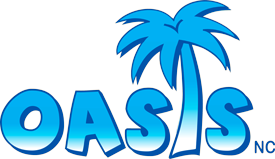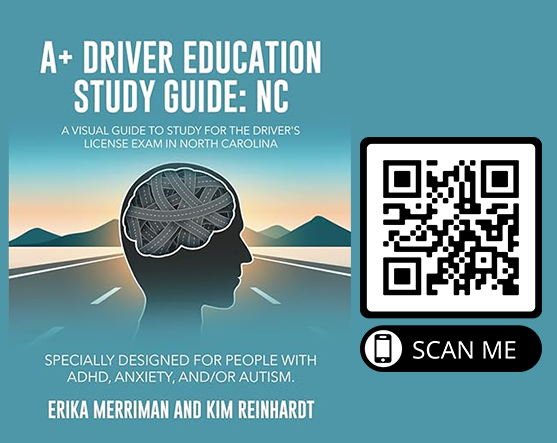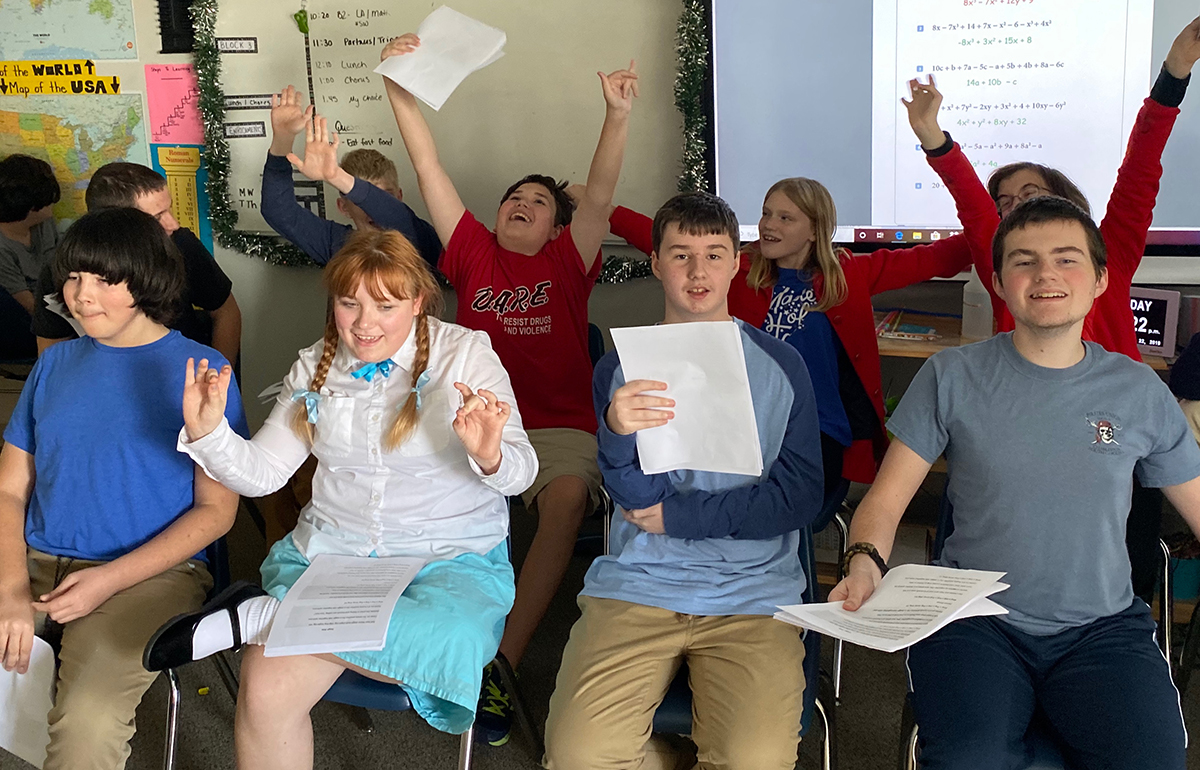Our Classrooms
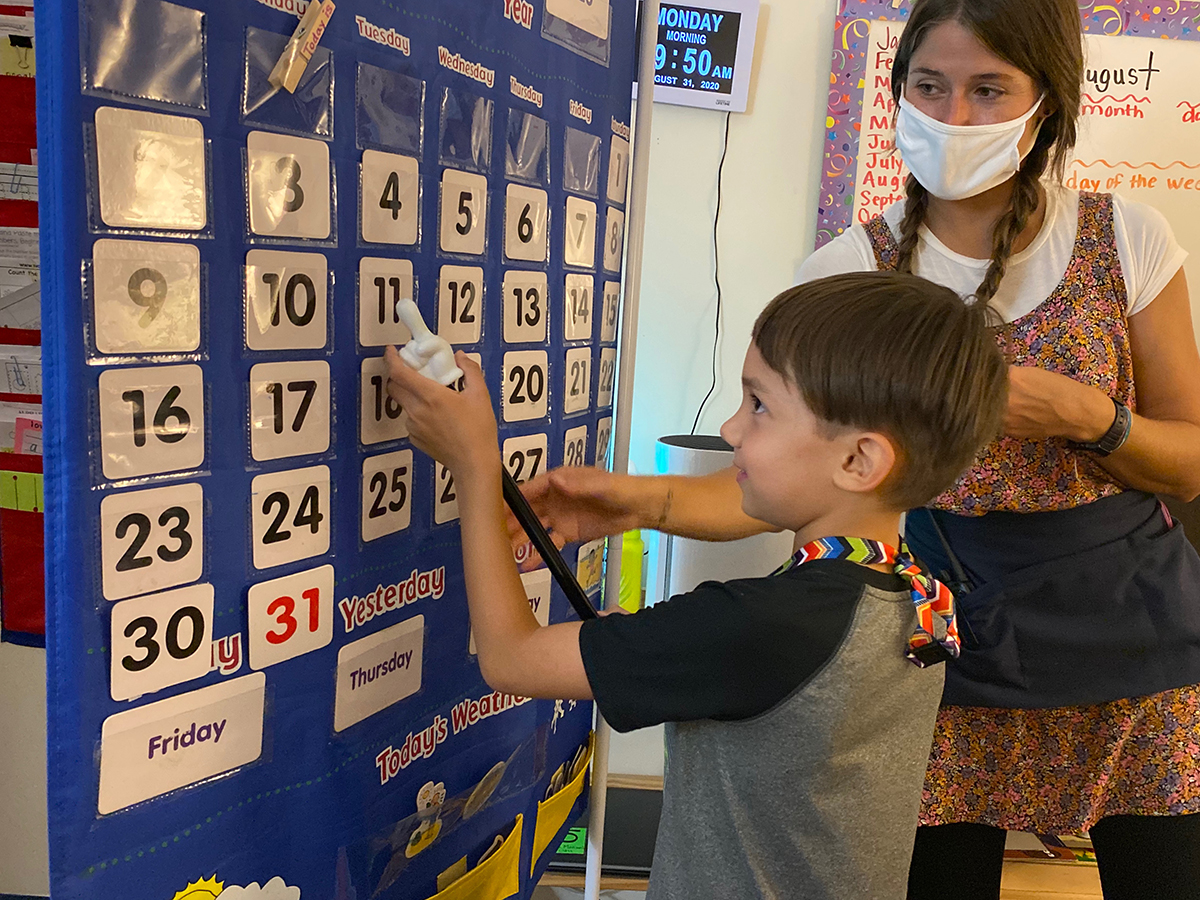

Our Approach to Education
Multi-Age
SEA Academy utilizes a multi-age classroom approach. This structure allows teachers to deeply know their students’ learning styles and is conducive to active student involvement in teaching and learning opportunities. Within a multi-age setting, opportunities for enrichment and reinforcement of learning are provided. Younger students learn from the older students who, in turn, have an opportunity to take on a leadership role and share their knowledge. Research supports that students in multi-age classrooms demonstrate increased self-esteem, more cooperative behavior, increased pro-social behavior (caring, tolerant, patient), an enhanced sense of personal responsibility and self-discipline. Currently, SEA Academy offers 5 classrooms based on students' strengths and needs, ages, academic levels, interests, personalities, developmental level, and/or learning styles.
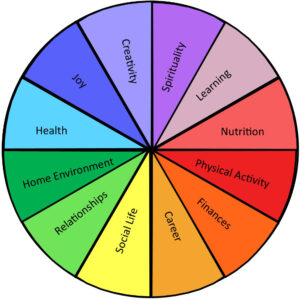
Holistic
SEA Academy believes in a holistic approach to education. This means, that in addition to academics, SEA Academy places an equal emphasis on discovering and learning about other aspects of life.
Project Based Learning
Project Based Learning (PBL) is a teaching method in which students learn by actively engaging in real-world and personally meaningful projects. Students work on a project over an extended period of time – from a week up to a semester – that engages them in solving a real-world problem or answering a complex question. They demonstrate their knowledge and skills by creating a public product or presentation for a real audience.
As a result, students develop deep content knowledge as well as critical thinking, collaboration, creativity, and communication skills. Project Based Learning unleashes a contagious, creative energy among students and teachers.
Film Festival
Each year, students create a film about a topic that is meaningful to them. This student-led project requires them to be engaged and involved throughout the entire process. After the films are edited and finalized, they are proudly presented at the Stone Theaters at Barclay! Past themes include Protect the Planet and Through the Decades.
Haunted House/Fall Festival
Another student-led project is our annual Haunted House. Students create a theme for a room and staff guides them in designing the room, props, and costumes. The public is invited to participate… if they dare!
Students and staff at SEA Academy are committed to finding opportunities for experiential learning through frequent field trips, weekly community engagement, internships, and volunteering. Leaving the predictability and security of our school allows for spontaneous instruction that requires them to put their problem-solving skills into action!
- Field Trips
- Luna Café Coffee Club
- Independent Living Excursions
- Habitat For Humanity
- Seaside Bagels
- Blueberry Lane Farm Animal Sanctuary
We also welcome the community to visit our school on a regular basis! Our visitors are always impressed with the politeness and enthusiasm of our students. No one leaves without a smile on their face! A few of our past visitors include:
- Paws4People
- The Fossil Lady
- Law Enforcement
- Wilmington Compost Company
*** While New Hanover and surrounding counties are full of endless possibilities when it comes to community involvement, it is our vision of the future to expand our learning experiences beyond the community to other parts of the state, country, and beyond for exposure to additional cultures and perspectives.
Social Skills
Our students are bright, intellectually curious learners with enormous abilities and potential. Sometimes, to no fault of their own, their communication and social differences can affect both their academic success in the classroom and their social success in the larger community.
SEAA considers itself as a translator between two groups that speak different languages (neurotypical and neurodiverse). Social skills instruction is therefore a blend of learning self-awareness (and potential adjustment) and self-advocacy. Students receive instruction both directly and “on the fly” as needs arise. Throughout the year, we rely on positive, research-based practices in order to develop each student’s full potential for social growth in the areas of perspective, self-awareness, self-advocacy, flexible thinking, understanding others, peer relations, responsibility, problem resolution, and social expectations.
Instruction
Social learning and thinking are embedded in the academic curriculum and instruction throughout the day, as well as taught directly. Key social skills are broken down into more basic components. Students learn how to cooperate and work successfully as group members in a variety of projects and activities. Role-playing, drama, art, and other forms of creative expression are used to facilitate student learning and to practice successful social skills strategies.
Curriculum
We follow a structured, systematic and thoughtful curriculum that carefully sequences and orders a progression of social skills. We are committed to identifying and creating research-based “best practices” for helping our students learn to successfully interact and communicate with others, and to think flexibly. Some of the instructional strategies and materials we use include:
- Thinking About You, Thinking About Me (Michelle Garcia Winner)
- The Hidden Curriculum (Brenda Smith Myles)
- Be Cool (James Stanfield)
- Skillstreaming (Arnold Goldstein)
- Social Skills Training with Asperger’s Syndrome (Jed Baker)
- Comic Strip Conversations (Carol Gray)
- Incorporating Social Goals in the Classroom (Rebecca Moyes)
Please check out our Social Group Curriculum to see the many skills we teach during the year! (We are always adding to this list, so check back frequently.)
Integration and Opportunities for Practice
We believe that one of the best ways to develop social growth is by coaching students through the “teachable moments” that occur naturally each day. Whether in the classroom, during group activities, at lunch, or on the playground, all of our staff are continually working with students to practice skills they are learning. Successful experiences are reinforced, and we help students learn how to “repair” an unsuccessful experience by trying a different approach to produce the desired outcome. Parents and family members are also included as we extend the learning into the home environment.
Because our students often struggle to apply skills they acquire in new environments, we provide them with regular opportunities to practice their social skills in the community. We take full advantage of the wealth of community and cultural resources within walking distance, and around Wilmington. We want our students to develop fluency in their social interactions as they eat out, go to the park, take a field trip, or enjoy extracurricular activities with families and friends. We teach our students how to navigate the unstated rules of society that can be difficult for them to understand.
Generalization
In order for instruction to be meaningful, we strive to ensure that the skills that students are learning in the classroom transfer across people, places, and situations. Through frequent and consistent communication, teachers and parents are able to cooperate on addressing targeted goals specific to each student. Using each student's individualized education plan, we establish how we will monitor and assess whether students are successful in this transfer of knowledge in their day to day lives.
